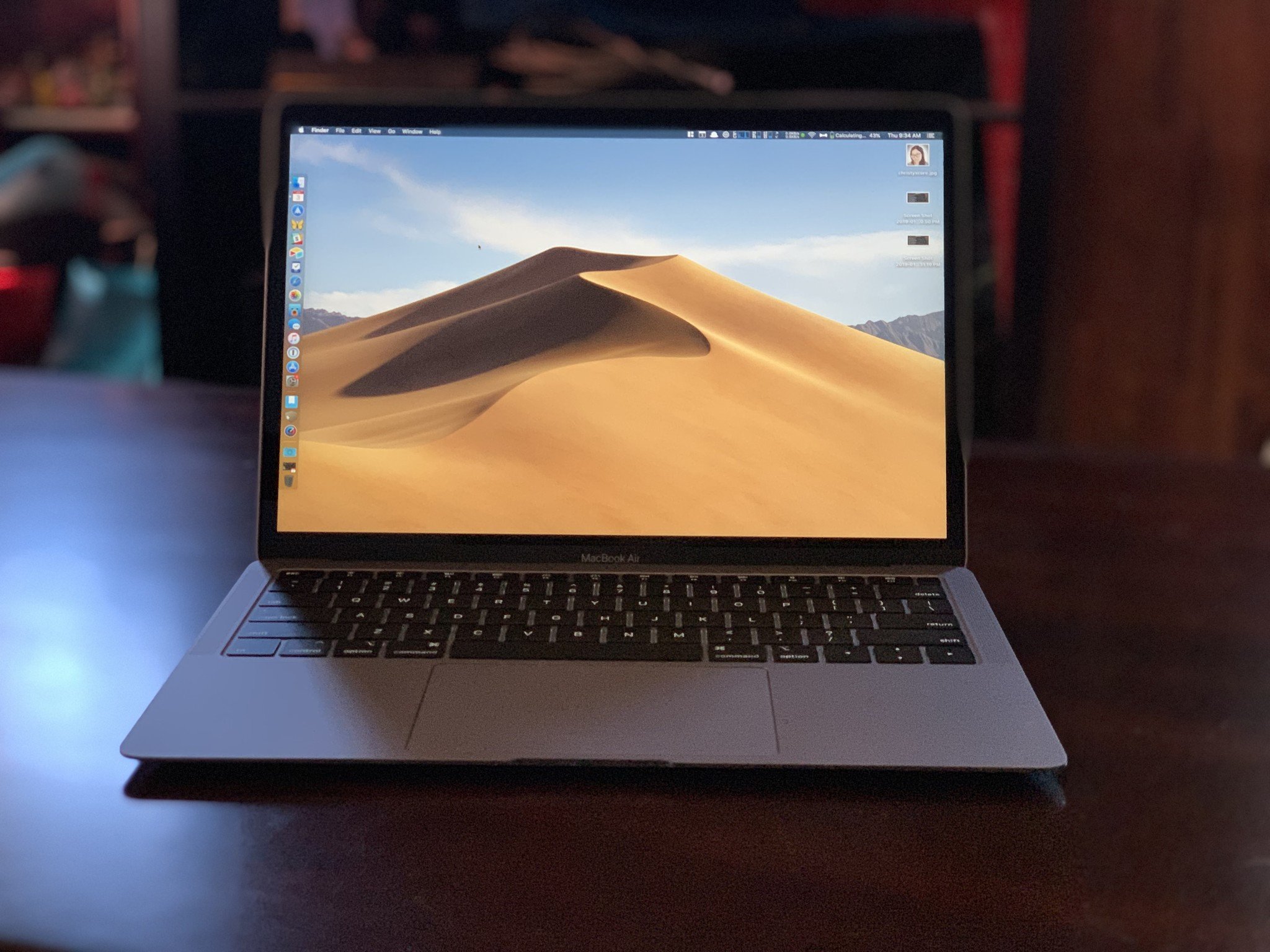

REFORMAT MAC AIR HOW TO
How to access MacOS Recovery on an Apple Silicon Macįor as long as I can remember, forcing a Mac to boot into Recovery Mode where you can repair the hard drive, wipe your personal information or reinstall MacOS has consisted of restarting the computer and holding Command + R on the keyboard. The new recovery mode looks similar, but getting to it is different. At the bottom of this post, I'll go over troubleshooting steps and explain how I fixed it. From what I can tell, it doesn't look like the problem is widespread, but it's still frustrating for those who experience it. If you booted from a USB disk, click “Continue” to advance to the installer.And as a forewarning, I experienced an issue after wiping the Mac and trying to reinstall MacOS. If you booted from a functioning recovery partition, click the “Reinstall macOS” button. With your information wipe complete, you are now ready to reinstall macOS. If you choose three or five passes, you might want to leave this running overnight. If you opted to wipe your drive securely, this might take a while-30 minutes to an hour is not unreasonable for one pass.

Just give your drive a name (I recommend “Macintosh HD”, just for consistency’s sake), then click “Erase” to start the overwriting process. You only need to write over a drive once to securely wipe it, but if you’re paranoid you can also wipe it three or five times.Ĭlick “OK” once you’ve decided, but remember: if your Mac has a solid state drive, you do not need to use these options. Now move the dial up, to randomly write data over your entire drive. You still need to wipe the drive, however, or your files will remain in place, so skip to the end of this step to do so.) (If your Mac has a solid state drive, you can skip this part: your SSD will already securely erase files thanks to TRIM. If you’re wiping a mechanical drive, click “Security Options” in the window that pops up. Click your primary drive, then click “Erase” If not you can find Disk Utility in the menu bar: click Utilities then Disk Utility. To get started, click the Disk Utility option.ĭepending on how you started Recovery Mode, you may be presented with the option to start Disk Utility right away, as seen above. We’ve shown you how to securely wipe a hard drive with your Mac, and doing so in Recovery Mode isn’t really different from doing so within macOS. If you want a truly clean installation, however, you need to first wipe your hard drive. We recommend backing up files before you do this, just in case, but otherwise you’re ready for step three. Your user accounts and files will stay exactly where they are-only your operating system will be overwritten. If you want to re-install your operating system, but leave your files in place, you can skip this step. RELATED: 8 Mac System Features You Can Access in Recovery Mode Step Two: Securely Wipe Your Hard Drive (Optional) Once you’ve managed to open up the Recovery Mode in some fashion, we can move on to wiping your drive securely.
:max_bytes(150000):strip_icc()/005-reset-macbook-air-4184823-ea8397c243a44a6fa4d0b701ef11339d.jpg)
REFORMAT MAC AIR DOWNLOAD
You can access recovery without a partition using Network Recovery: hold Command+Shift+R while turning on your Mac and it will download the Recovery features for you. Failing that, you can create a bootable USB installer for macOS Sierra, and boot from that by holding “Option” while turning on your Mac. If neither of these options work, don’t panic! You’ve got a couple of options yet.


 0 kommentar(er)
0 kommentar(er)
